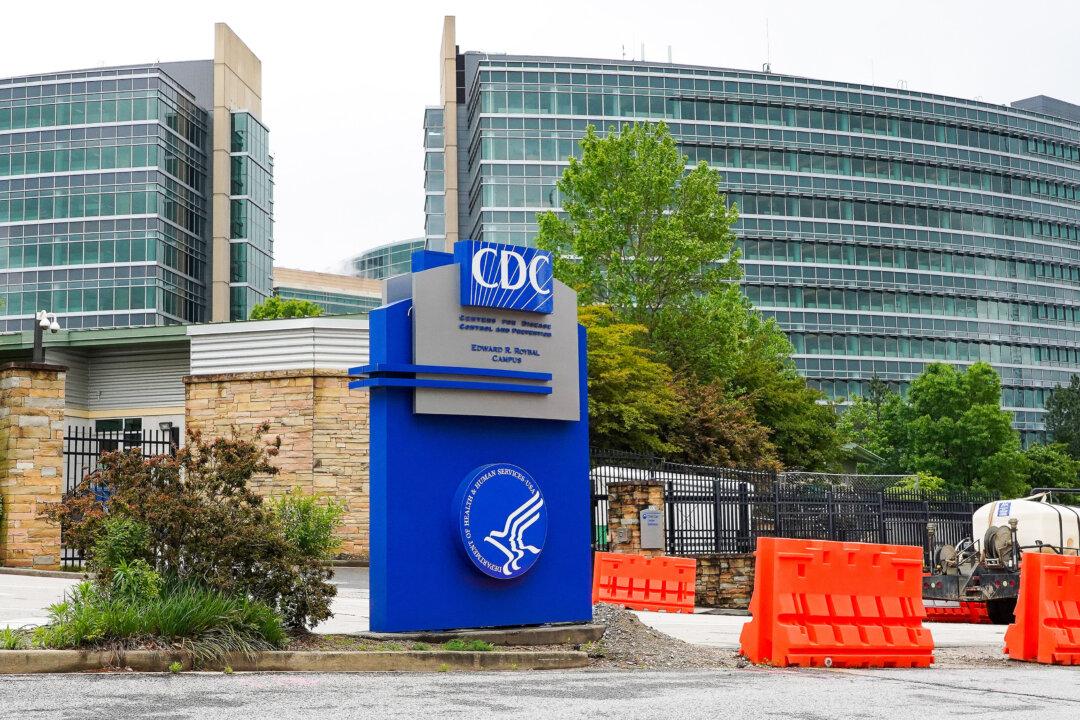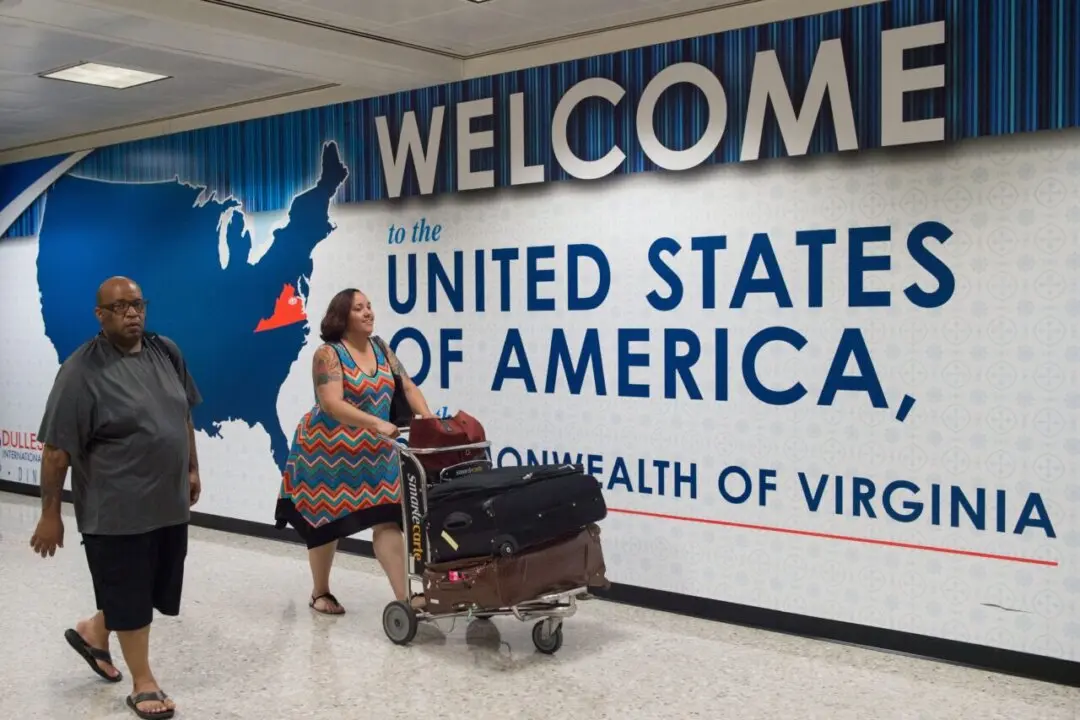The Centers for Disease Control and Prevention (CDC) published rules on May 8 that will significantly alter how dogs are brought into the United States.
The rules are being changed in an attempt to control the spread of the rabies virus, which is 99 percent fatal, according to the CDC. Dog rabies isn’t controlled in more than 100 countries, which creates “a risk” to the United States and thus requires limiting which dogs can enter.





